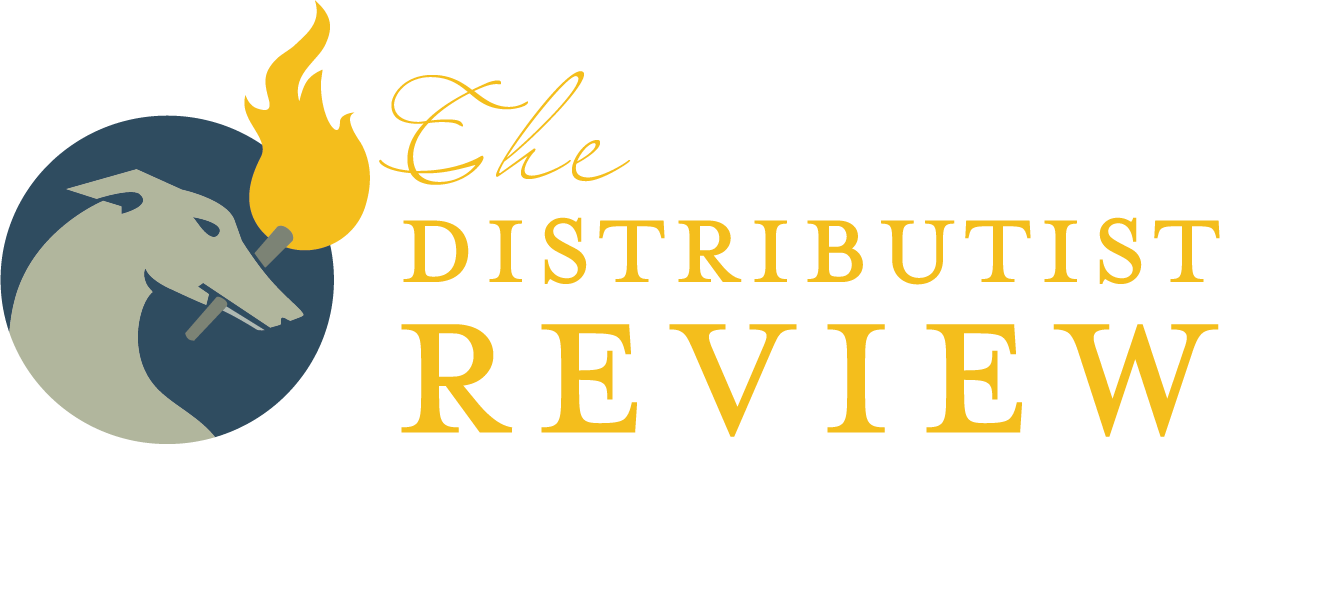House of Cards
The U.S. Federal Reserve has announced its latest attempt to save the U.S. economy. This time, it is an open-ended commitment of $85 billion (including purchasing $40 billion of mortgage-backed securities) each month—until the economy shows improvement. If it doesn't show improvement, it might even increase the amount. Along with that, it is keeping the bank interest rates low until 2015.The house of cards is collapsing. The weakness is in the foundation—the debt-based economy, but the only solution the “experts” seem to have is to pile more cards (debt) on top of the structure—as many as it takes. Of course, they don't see it that way. According to experts, the debt is not the problem. It is understandable that they see it that way; they've made their fortunes on offering debt. How could something that has made them so rich be flawed? They only see things in terms of the potential to get into debt and the potential to raise the value of stocks.Immediately after the announcement was made, analysts were watching the reaction of the stock markets. The question is, what does Wall Street show about the conditions of the small and medium-sized businesses (less than 500 employees) that provide about one-half of the jobs in the U.S.? What does the direction of the DOW, the S&P 500, or the NASDAQ show about the ability of a local business to hire someone or make a needed purchase? Wall Street only shows indications about businesses that are publicly traded. This latest effort is directed at making it easier for people and businesses to obtain debt, and we know how well this has worked to fixed the economy so far, right?The money to buy mortgage-backed securities is going to large banks and investment firms, those who currently hold the mortgage-backed debt. Are these not the same firms that, along with the government, got us into this mess in the first place? Are these not the same firms that got a big chunk of the money from the two previous bail out attempts? Weren't those attempts supposedly the answer that would correct the economic problem? Wasn't the promise of these bailouts that it would ultimately benefit the common citizen? (In other words, a form of the so-called "trickle-down" economics.) By giving all of this money to the banks, it was supposed to relieve the banker's worries so they would start freely lending again, so they would stop holding their reserves and make debt and other finance mechanisms affordable again. How has that worked out? The other $45 billion is going to governments by purchasing bonds. Just how is increasing government debt supposed to help the economy recover?This new plan is just another form of exchanging one form of debt for another, and exchanging who is holding the debt, so it really doesn't solve the problem of the debt itself. Somehow this is supposed to result in more people getting jobs and boosting the economy, and the Fed is committed to shuffling the debt around until it does. What else can we expect from those whose world economic view makes them believe that perpetual debt is the recipe for a healthy economy? Well, not everybody agrees with that view.What we really need is a solution that focuses on the common citizen, one that helps families become financially independent of these huge institutions that only want to keep them in debt. We need a society where half of the working population is not dependent on large companies in order to acquire the needs of their daily lives. We need stable, local economies throughout the land, so that a problem in one area means that those in another area still have the means to assist them, rather than being dragged down with them.We need Distributism.

